RAD5545 software defined radios are on their way to Lockheed Martin to support future space missions.
BAE Systems say they have delivered their first shipment of next-generation radiation-hardened software defined radios (SDR) to Lockheed Martin Space.
The radios provide spacecraft with the performance, availability, reliability and on-board signals processing capacity needed to support future space missions — from planetary exploration to communications, national security, surveillance, and weather missions.
“Our RAD5545 software defined radios are ideal for any mission requiring reconfigurable radio processing,” said Ricardo Gonzalez, director of Space Systems at BAE Systems. “The radios can be easily modified to address various reconfigurable processing solutions.”
“BAE Systems’ software defined radio is anchored by the RAD5545 single board computer (SBC), providing the most advanced radiation-hardened quad core general purpose processing solution available today to address future threats on a variety of missions. The system leverages modular and standard building blocks including a SpaceVPX chassis and backplane electrical connectors, Serial RapidIO® and Spacewire interfaces, and a fully supported expansion port for a custom interface card. Adhering to industry standards, this flexible and adaptable architecture supports reconfiguration for other missions by simply swapping out SpaceVPX modules, a highly desirable feature in today’s space hardware.
BAE Systems’ next-generation software defined radios, centered around the RAD5545 computer, represent a significant advance in high reliability reconfigurable electronics systems. Increased processing power, and a radiation-hardened design combine for a product line that can enable increased mission flexibility. The RAD5545 SBC delivers exponential improvements in size, speed, and power efficiency over its predecessor single board computers. BAE Systems also offers a suite of radiation-hardened Serial RapidIO network products that complement the RAD5545 SBC and allow the user to efficiently manage and route data through a system. Products include the RADNET® 1848-PS, an 18-Port RapidIO Packet Switch, the RADNET 1616-XP Crosspoint, a protocol agnostic SerDes signal circuit switch and replicator, and the RADNET SRIO-EP, a Serial RapidIO endpoint.”
The RAD5545 SDR was developed at BAE Systems’ sites in Merrimack, NH, and Manassas, VA, and is produced in Manassas.


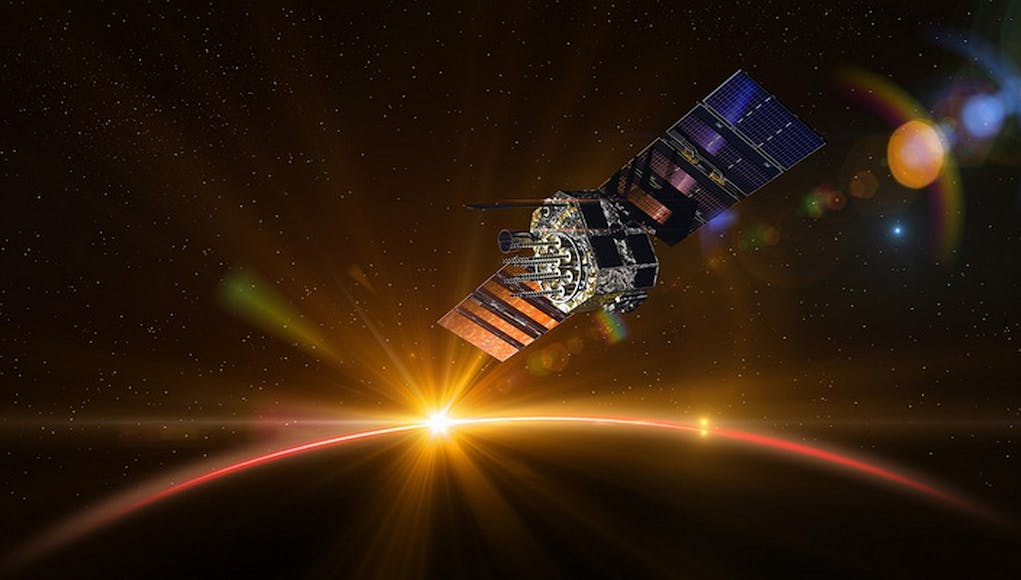
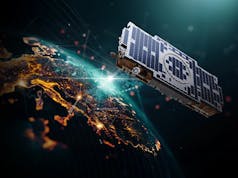
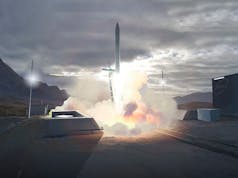



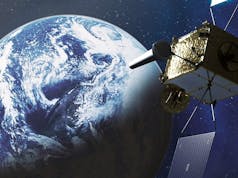

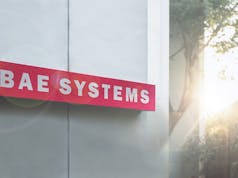

Why doesn’t BAE build huge Manned rockets or have a bigger piece of the space pie, or even just launching satellites ect.
In the US how would it have competed with the established suppliers on a large scale? In Europe the French pretty much control the launcher business and a company like Bae would be at the unpredictable machinations of political decisions that tend in such matters to be disadvantaged towards UK champions, one of the reasons it got out of Airbus. In the UK how would it have a serious market till recently and the present situation presently is far better suited to smaller more focused businesses anyway than a large conglomerate for which such a business would be tiny. The British political attitude to Space back in the 80s/90s pretty much cut at the knees any big time investment by a company like Bae who want long term commitments and markets. Far better from their point of view that they specialise in the high worth specialist support assets that they have acquired in the US so that they piggy back the general trends.
However they are investing in Reaction Engines and its work towards technology and associated vehicles to create a surface to space single stage launch capability, at least in one potential outcome of the tech. This is a very good tactic for they have no chance, or indeed likely desire to take powerful incumbents head on, but if you can outflank existing technology and techniques and businesses then the potential bonus could be enormous and put you years ahead of the opposition and the whole process becomes profitable. This is how most super successful new players (or revived ones) achieve their success, for example Nokia in mobile phones, Apple in the business sector through the iPhone and its mobile platforms operating as a Trojan Horse (and soon in marginalising Intel processors through Arm technology), Arm itself in this field over the years to become the biggest designer of chips in the World and then there is Qualcomm’s growth in outflanking companies like Broadcom on the back of all this too. Technology shifts offer opportunities where a simple desire to compete on a traditional level usually just hits a costly brick wall. As they said no one gets sacked by buying IBM but if you outflank it as Microsoft did by realising the OS was the important aspect not the hardware…
Ok fair enough, but BAE always buy American company’s and are huge in USA so who knows if they developed their own rockets if they would be successful. But American/NASA contracts are what’s helping keep space x in business and those contracts are huge. So maybe another rocket company isn’t needed after all.
It’s becoming a very crowded and competitive marketplace and big rockets are expensive to develop. For instance the European Space Agency, currently using the very successful Ariane 5 rocket, has recently suggested that the successor Ariane 6, costing an estimated $3.2 bn to develop, might be pretty much obsolete on day 1 of its life due to SpaceX and other rocket manufacturers heading in the direction of extensive and ultimately total re-usability. The plan is for Ariane 5 to be phased out in favour of Ariane 6 over a transition period from 2020 to 2023 (first commercial launch of Ariane 6 probably now pushed out to 2021). Sometime during that transition period, probably in 2021 or 2022, SpaceX is highly likely to have got to an in-service 100% fully re-usable rocket capable of delivering at least 100,000 kg to low Earth orbit (maybe more) vs 21,650 kg for Ariane 6 in its biggest configuration with 4 side boosters.
The cost per launch is being estimated at EUR 115m per launch for the heaviest lift Ariane 6 launches vs USD 2m for SpaceX “Starship” so that’s a cost per kg to LEO of about $5,950 for Ariane 6 vs $20 (yes, twenty!) for SpaceX using today’s exchange rates to normalise into USD. The dramatic difference is because for Ariane 6 the whole rocket is expended so all manufacturing costs for a rocket are booked to a single mission whereas for SpaceX’s “Starship”, which should be in operation by 2023, every single bit of the rocket lands back on Earth and refurbished within days not years so the cost is pretty much only the fuel and minor refurb costs. (Admittedly the Ariane price might be commercial pricing with profit margin vs SpaceX’s strictly cost-of-launch price but even so I think the figures illustrate the point.)
Now the above does rely, for the SPaceX info, on Elon Musk’s estimates of costs and dates, and on whether SpaceX can get their next generation rocket to work at all, and Elon Musk is notorious for very overly-ambitious target dates but he does tend to deliver albeit usually not within his initial wildly optimistic timescales. The counter to that though is that SpaceX is already flying numerous missions with its current Falcon 9 rocket where over 50% of that lands back on Earth and is refurbished for use in future launches. At least 2 Falcon 9stage 1s have already done 5 launches now. The message here is that big expendable rockets are pretty much obsolete so any new entrant into the field is baking in failure unless they are willing to invest the money to develop a re-usable system. The situation might be different for a while for very cheap micro-satellite launches but it won’t be long, in my opinion, before hitching a ride on a big multi-customer launch on a fully re-usable system will make even those small micro-satellite launchers un-competitive on price except for unusual orbits.
I believe that the world of space launch including manned flights is going to change more in the next 3 years than it has in the last 70 years (counting that from when the Russians first launched 2 dogs on a 110km sub-orbital flight and recovered them alive 70 years ago this month – July 1951).
As a parting shot, here is a video of the two side boosters of a Falcon Heavy mission landing back on Earth after a launch. The main central section landed separately on a drone ship at sea. This is not a simulation or a sci-fi movie, this is real footage…
https://www.youtube.com/watch?v=u0-pfzKbh2k
All the cheering is from SpaceX staff because it is the first time they achieved this twin landing and in my view it is a beauty to behold and amazing in just how precise the timings and calculations are for these missions. Having the drone ship at sea in exactly the right place for the booster to find it (although there is some manoeuvrability on the way down by the booster) is pretty amazing too.
Why would they need too? They already make loads of money supporting the rocket launch and space industry. If a rocket fails they aren’t out any money. In fact they just get more money making replacements systems for the next rocket.